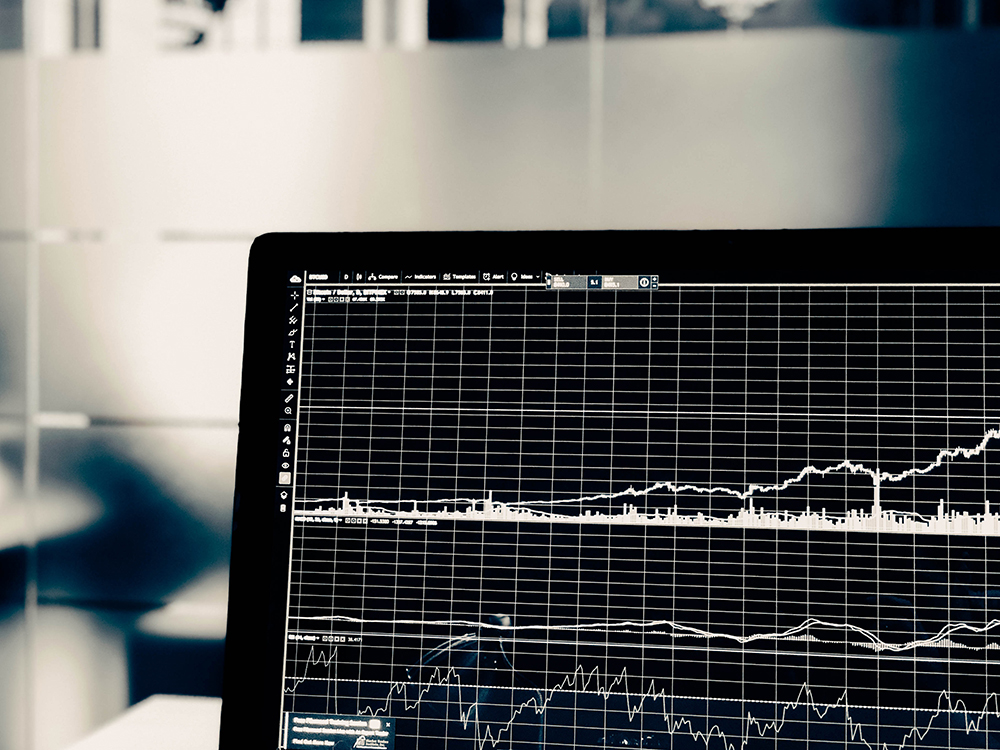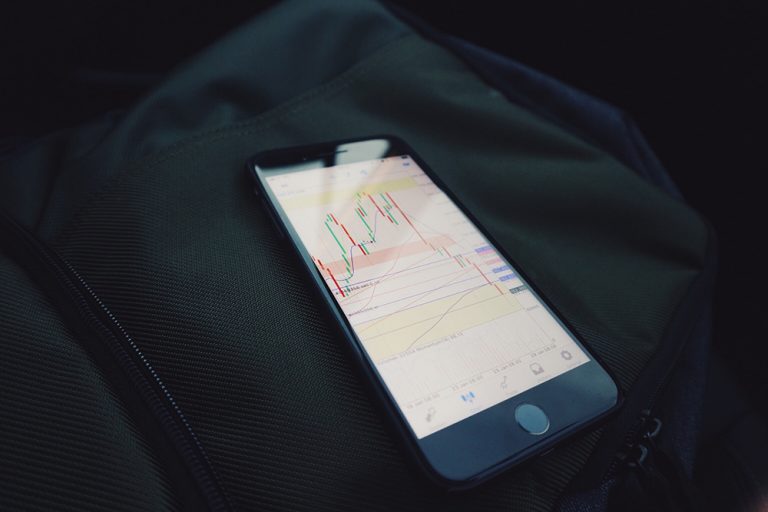Pip is an acronym for “percentage in point”. A pip is the smallest price move that an exchange rate can make based on the forex market convention. Most currency pairs are priced out to four decimal places and the pip change is the last (fourth) decimal point. A pip is thus equivalent to 1/100 of 1% or one basis point.
Forex currency pairs are quoted in terms of ‘pips’, short for percentage in points. In practical terms, a pip is one-hundredth of one percent, or the fourth decimal place (0.0001). Currency base pairs are typically quoted where the bid-ask spread is measured in pips. A pip is a basic concept of foreign exchange (forex).
What Does That Mean?
In simpler terms, forex traders buy or sell a currency whose value is expressed in relationship to another currency. Movement in the exchange rate is measured by pips. Since most currency pairs are quoted to a maximum of four decimal places, the smallest change for these pairs is 1 pip.
For example, a trader who wants to buy the USD/CAD pair would be purchasing US Dollars and simultaneously selling Canadian Dollars. Conversely, a trader who wants to sell US Dollars would sell the USD/CAD pair, buying Canadian dollars at the same time. Traders often use the term “pips” to refer to the spread between the bid and ask prices of the currency pair and to indicate how much gain or loss can be realized from a trade.
For currency pairs such as the EUR/JPY and USD/JPY, the value of a pip is 1/100 divided by the exchange rate. For example, if the EUR/JPY is quoted as 132.62, one pip is 1/100 ÷ 132.62 = 0.0000754. The movement of a currency pair determines whether a trader made a profit or loss from his or her positions at the end of the day.
If the trader bought the Euro for 1.1835 and exited the trade at 1.1901, he or she would make 1.1901 – 1.1835 = 66 pips on the trade. Now, let’s consider a trader who buys the Japanese Yen by selling USD/JPY at 112.06. The trader loses 3 pips on the trade if closed at 112.09 but profits by 5 pips if the position is closed at 112.01.
For example, if a $10 million position in this set-up is closed at 112.01, the trader will book a $10 million x (112.06 – 112.01) = ¥500,000 profit. This profit in US dollars is calculated as ¥500,000/112.01 = $4,463.89. A combination of hyperinflation and devaluation can push exchange rates to the point where they become unmanageable.
The Best Example of Exchange Rates Becoming Unmanageable
The best known historical example of this took place in Germany’s Weimar Republic when the exchange rate collapsed from its pre-World War I level of 4.2 marks per dollar to 4.2 trillion marks per dollar in November 1923. Another case in point is the Turkish lira, which reached a level of 1.6 million per dollar in 2001, which many trading systems could not accommodate.
Partner Center Find a Broker Here is where we’re going to do a little math. Just a little bit. Take your time with this information, as it is required knowledge for all forex traders.
The unit of measurement to express the change in value between two currencies is called a “pip.” Most pairs go out to 4 decimal places, but there are some exceptions like Japanese Yen pairs (they go out to two decimal places).
There are forex brokers that quote currency pairs beyond the standard “4 and 2” decimal places to “5 and 3” decimal places. They are quoting, also called “points” or “pipettes.” If the concept of a “pip” isn’t already confusing enough for the new forex trader, let’s try to make you even more confused and point out that a “point” or “pipette” or “fractional pip” is equal to a ““.
Compare Your Pip Value to Your Trading Account’s Currency
The final question to ask when figuring out the pip value of your position is, “What is the pip value in terms of my trading account’s currency?” After all, it is a global market and. This means that the pip value will have to be translated to whatever currency our account may be traded in.



